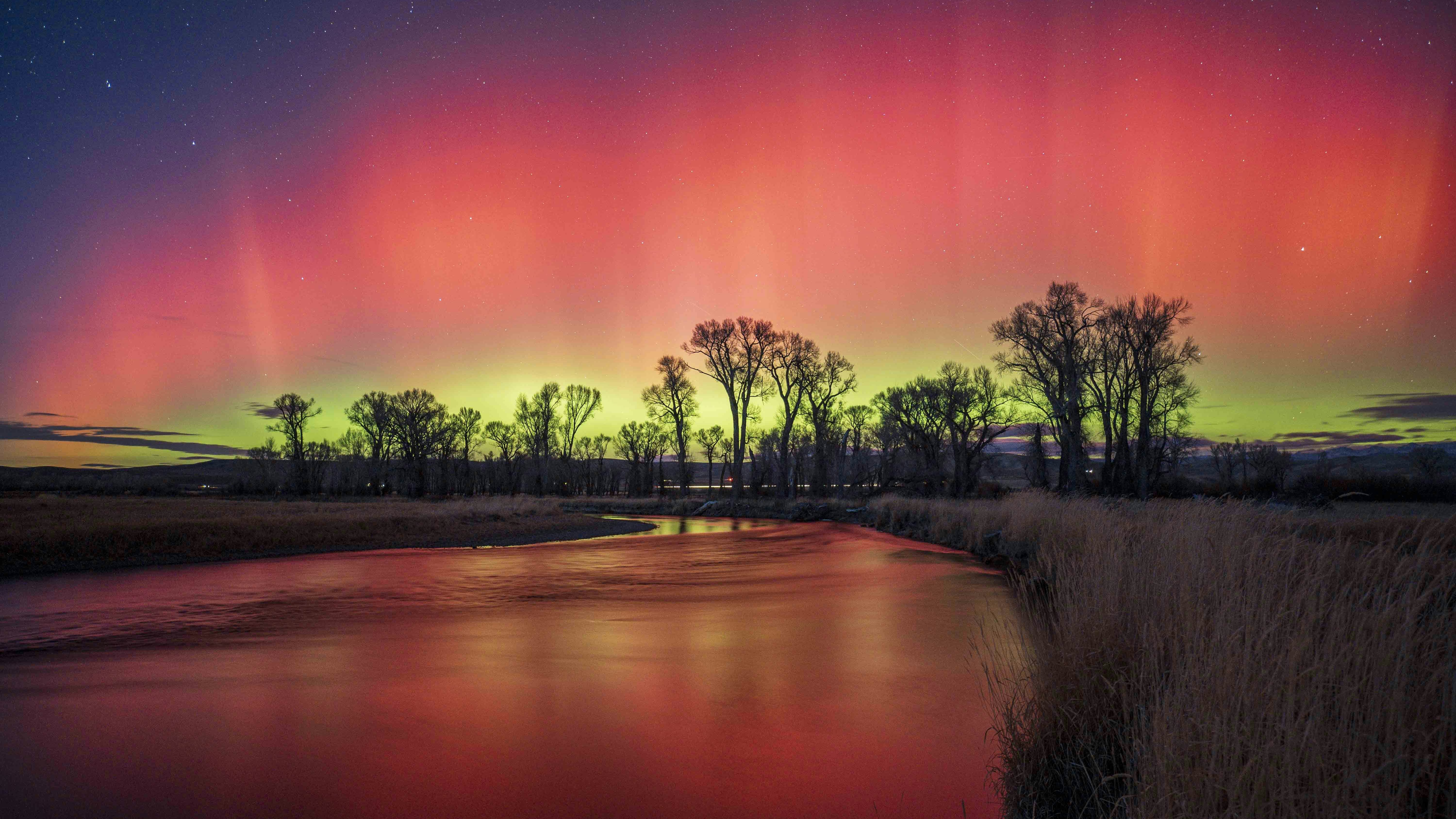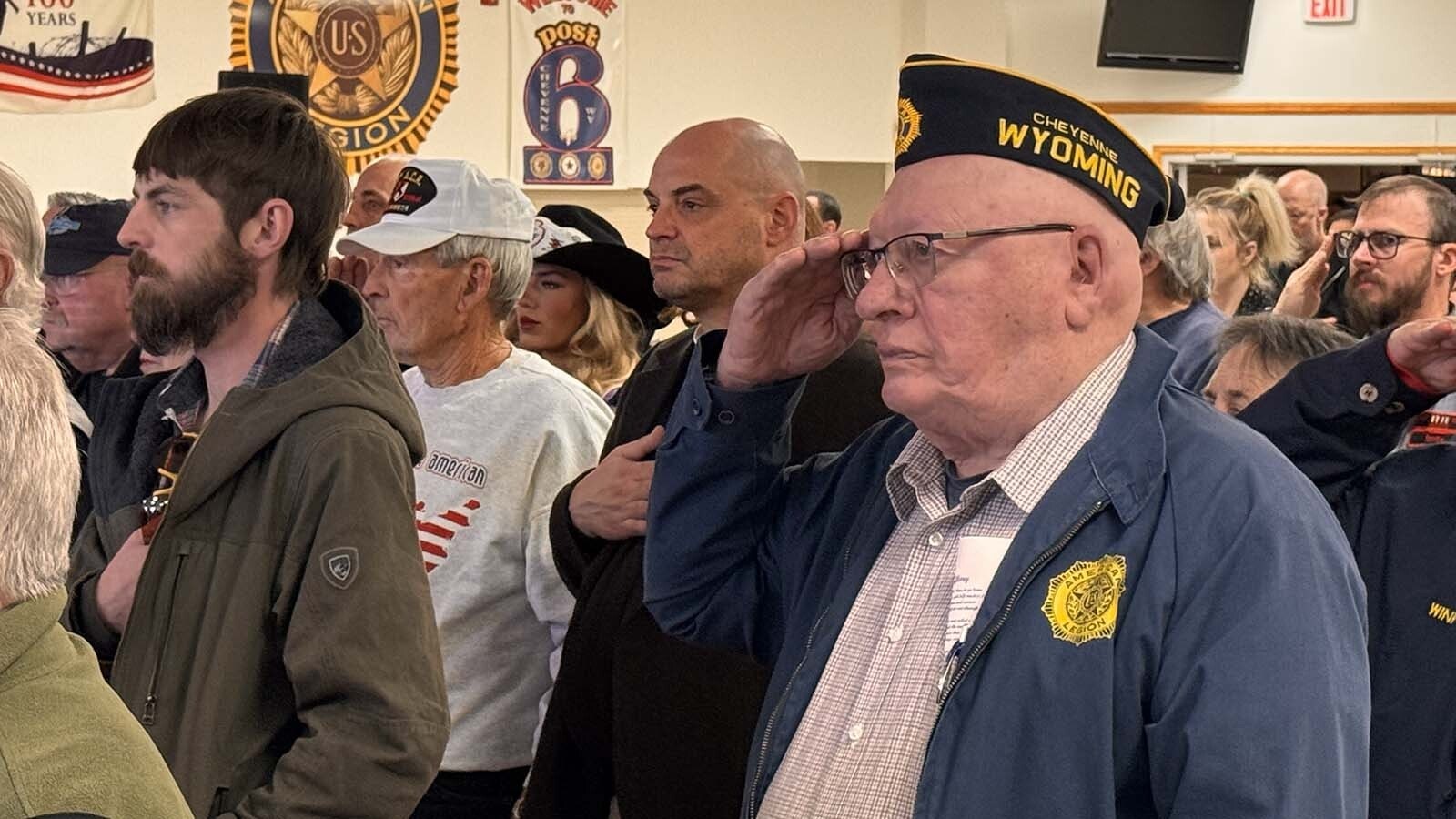While there are many reenactors who portray Civil War-era soldiers, there are not many who portray the photographers who took their photos.
Count Robert Szabo among the few. He has been capturing the images of reenactors and others and duplicating the look and feel of an old-time photo shoot circa the 1860s for the last 27 years.
Those in front of the lens have to sit still.
The Richmond, Virginia-based photographer sat under a canvas canopy at Fort Caspar during its annual Caspar Collins Days. He was educating visitors about tintype photographers and their methods during Civil War times and beyond.
“It was a pretty good business back in the day,” he said. “You could probably get a tintype for a quarter in a hometown studio, but the photographers set up at some of the (Army of the Potomac winter) camps during the Civil War in 1863 were actually charging $1 a piece and they would do hundreds of them during the day sometimes. So, they made a lot of money.”
Szabo, who had done wedding photography since the 1980s, got his start as a tintype photographer after witnessing another photographer photograph his regiment at a Battle of Antietam reenactment in September 1997. Szabo was reenacting the role of a Civil War solider at the time.
Getting Started
The photographer, John Coffer, initially did not want to show Szabo the photo, thinking it was overexposed. When he relented, Szabo said he was in “awe.”
“It wasn’t as bad as he said it was,” he said.
That encounter led Szabo to travel to Coffer’s upstate New York home and spend a day learning the tintype process.
“I built my own camera back then and bought a lens that worked on it, and built everything else I needed to do it,” he said. “I learned how to do it pretty quickly.”
In December 1997 he did his first photo shoot.
In subsequent years, he traveled the country to Civil War reenactments, history festivals and other events bringing his old technology to new faces and places. Szabo said he has segued into retirement but still travels to certain events such as Caspar Collins Day at Fort Caspar.
While those who know about Civil War photography tend to think of famous photographer Mathew B. Brady, Szabo said it was the tintype photographers who captured the everyday soldier that left a legacy found in museums and family archives. Brady did not do tintypes.
“Tintypes were a cheap form of photography, a picture on metal,” Szabo said. “(Brady) would do amber types a large glass photo, positive image or he would do negatives and make prints for the people in his studios in D.C. and New York. He was there to document the Civil War. The itinerant tintype photographer was there basically to make money. To sell pictures to the soldiers.”
While some photos of Civil War-era soldiers may have been taken in a hometown studio, Szabo said there were also many taken out in the field. He showed Cowboy State Daily a photo of a solider with a gold matte around it. Removal of the matte shows a grass floor — revealing it was taken out at an encampment by an itinerant photographer.
Old Gear
For his equipment, Szabo uses a camera from 1900 with a square bellows that has been modified to look like one from the 1850s or ’60s. The lens he uses for smaller plates on the camera was made in 1851 by company named CC Harrison of New York City. The name of the company is engraved on the lens.
A larger lens for full 6 1/2-by-8 1/2-inch plates sits nearby. His camera functions just as a wet-plate camera from the mid-1800s should.
Shooting a photo involves some guesswork — especially in Wyoming with its bright light. The camera has no shutter; Szabo just removes the lens cap and replaces it.
“The exposures are actually very short,” Szabo said. “People thought they were long back in the day, but they could be just a split second.”
The wet-plate collodion process or photo development process is a laborious one. Photographers, including Szabo, had to carry a darkroom with them. The collodion process could use glass or metal. The metal version is called tintypes.
Szabo said the tintype process involves pouring collodion on the metal plate and making sure it is a thin even layer. Collodion consists of guncotton dissolved in ether and little alcohol with some “iodides” and “bromides.”
Before the collodion completely dries, the metal plate is dipped into a bath of silver nitrate in the darkroom which makes the plate sensitive to light.
At a Fort Caspar demonstration, Szabo took a photo of a group of reenactors. He made trips back and forth to his darkroom to first prepare the plate, then separately focus his camera, and then go get the plate which is kept in a special holder. Once the plate is placed in the camera and the subjects are perfectly still, he removed the lens cap, replaced it, and then took the plate back to his dark room for developing.
“It’s guesswork. The light changes because of the sun and clouds, so if it doesn’t come out, you just take another one,” he said.
National Geographic, Parade Covers
Szabo has the process down after more than 20 years of experience. His photo of a Civil War reenactor made the cover the National Geographic in April 2005 for a story about the fight to preserve Civil War battlefields.
In 2006, he also provided tintype photos for a Jack Daniels calendar.
Szabo’s tintype skills also landed him a photo shoot for Parade Magazine’s April 10, 2011, cover of Robert Redford who directed “The Conspirator” about the plot to assassinate President Abraham Lincoln.
His favorite photo in his career?
“I took a picture of four men with top hats on in 1998, it just looks so authentic,” he said. “They had period hats, top hats from the 1850s and ’60s. And their outfits were just spot on for the period.”
The one with Redford also made the list because Parade Magazine at the time had the widest circulation of any publication.
“It was a tintype that I copied so they could digitally produce it and put it on the cover,” he said.
Dale Killingbeck can be reached at dale@cowboystatedaily.com.













